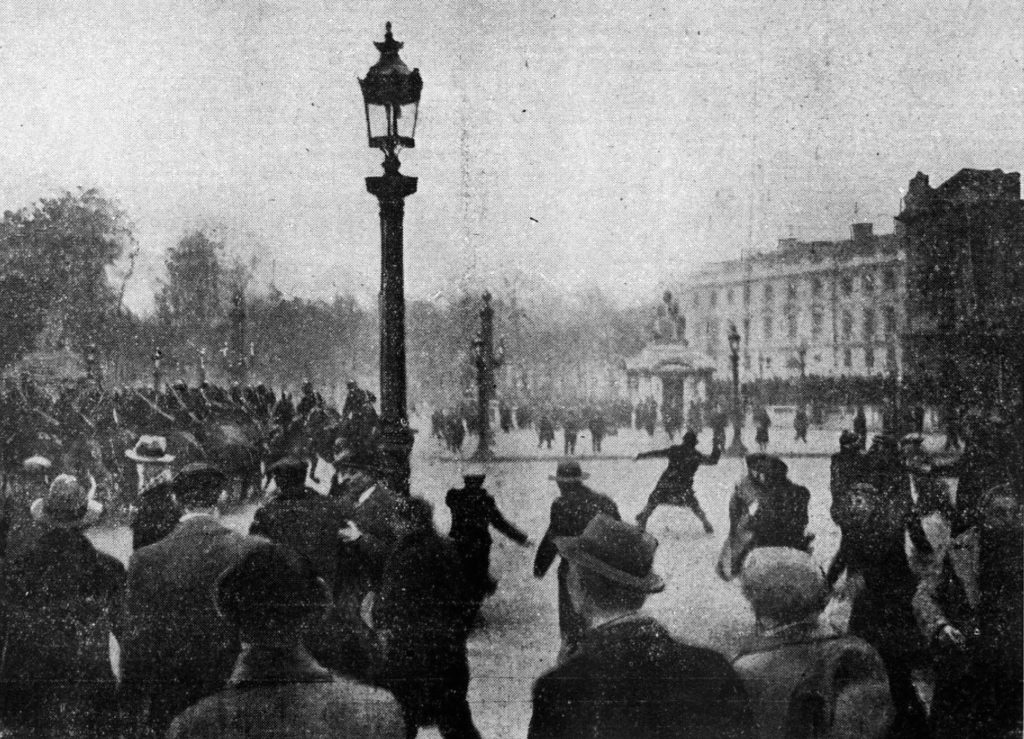2/6 and 1/6

Really interesting essay by John Ganz about the parallels between 1/6 and the riot on the Place de la Concorde during the Third Republic:
So, just how similar were Feb 6 1934 and Jan 6 2021? Starting somewhat superficially, it has to be admitted that there is an eerie parallelism: both involve a far-right mob with many military veterans attempting to to storm the legislative branch that was in the process of recognizing a new administration.
The crowds in both cases included a loose coalition of organizations of the Right belonging to various strains of far-right ideological concerns. On Feb 6, the riots were orchestrated largely by the anti-parliamentary leagues—Solidarité Française, Action Française, Jeunesse Patriotes, Croix de Feu to name a few. These groups ranged from officially “republican” in ideology—appeals to the demonstrators included many references to 1789, just as the American far right makes symbolic gestures to 1776—to monarchist; from being openly anti-semitic and xenophobic, to welcoming Jews and attempting to recruit North African members. Some of them represented extremely old traditions of the Right: Action Française was monarchist and Catholic, while other groups were clearly trying to emulate the newer style and organizational methods of the fascist movements in Europe. Of course, the “republicanism” professed the far-right was significantly different from that of the center-left: they wished to replace the negotiation and bargaining of “special interests” in the parliamentary system with a strong executive lead by a providential leader who would unite and “save” France.
On Jan 6 2021, there was also a diverse range of far-right groups—Proud Boys, Oath Keepers, Three Percenters for example—that represented older or newer strains of the American far right, from the longstanding rural militia movement to the representatives of neo-Nazi groups to more recent attempts to organize urban street-fighting cadre. The crowds in both cases were quite “diverse,” but became united in purpose in the course of the rioting. In both cases, very few of the organizations or members of the crowd would openly call themselves “fascist.” And in both cases, a hardcore of organized activists engaged in propaganda appeals that called out a broader section of the sympathetic population.
The comparisons don’t end there! Recommended reading.


